Winners And Losers In NASA’s Budget For 2018 And Beyond

Congress refused the majority of Trump’s proposed cuts to NASA’s budget. But many uncertainties remain.
On March 21st, 2018, both branches of Congress passed the United States’ Consolidated Appropriations Act, finalizing spending for the 2018 fiscal year. This omnibus spending bill clocks in at 2,232 pagesand a total budget of $1.3 trillion, and despite initial threats by the President to veto the legislation, it was signed into law on Friday, March 23rd. Under President Trump’s earlier proposal, many science-and-education-based organizations were facing dramatic potential cuts, including multiple branches of the Department of Energy, the Department of Education, the EPA, the US Geological Service, the National Institutes of Health, NOAA, and the National Science Foundation. But in an unprecedented move, the administration proposed cancelling the flagship mission of NASA Astrophysics for the decade of the 2020s: WFIRST, along with many other cuts to NASA. Thankfully, many of these cuts didn’t make it through. Let’s examine the winners and losers.
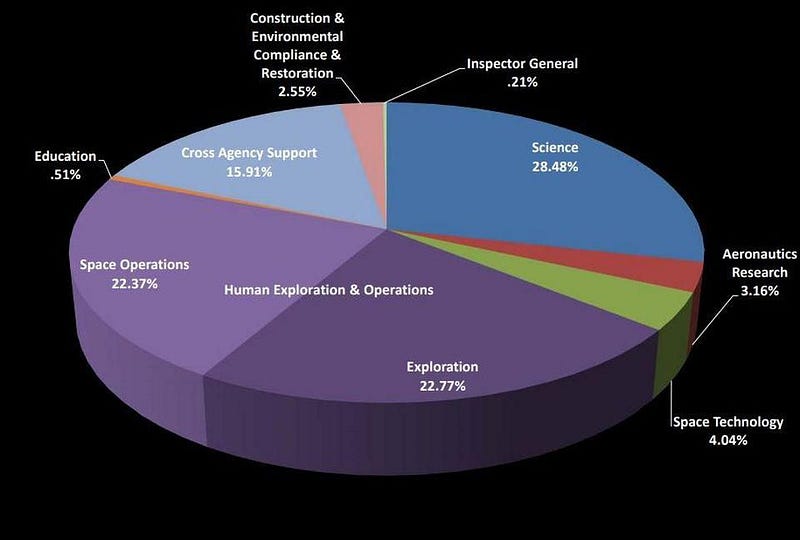
Winner: NASA Science. Representing 28% of the total NASA budget, NASA Science focuses on astrophysics, planetary science, Earth science, and heliophysics, and is the primary contributor to what humanity learns about these fields from space. The biggest cuts were supposed to be immediate, and impact NASA Earth Science, the Office of Education, and WFIRST. (Each dealt with separately below.) For as much as the omnibus spending bill can accomplish, this is a victory for NASA science. The overall budget for NASA science actually goes upby $457M (8%), versus a decrease that was proposed in the President’s recommendation.

Neutral: NASA Earth Science. There were five NASA Earth Science missions slated for the chopping block in the President’s original proposal. These cuts were to vital satellites, all of which are focused on measuring various aspects of Earth’s climate, including reflected and emitted light and energy, cloud cover and behavior, and the detection of long-and-short-term climate trends. If you want to understand how the planet’s climate works, to forecast seasonal and environmental trends, and to do medium-to-long-term forecasting, you need these missions. Four of these five missions have had their funding restored:
- the Plankton; Aerosol; Cloud; ocean Ecosystem (PACE);
- the Orbiting Carbon Observatory-3 (OCO-3);
- the Deep Space Climate Observatory (DSCOVR)’s Earth-viewing instruments;
- and the Climate Absolute Radiance and Refractivity Observatory (CLARREO) Pathfinder.
while a fifth, the Radiation Budget Instrument (RBI), remains cancelled. However, future large missions designed to monitor the Earth’s climate have received no official nod of support, threatening their long-term viability.
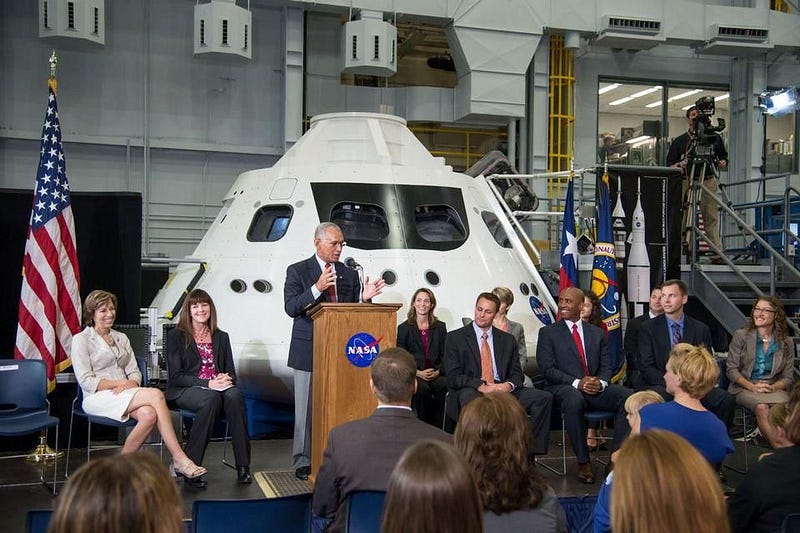
Precarious Winner: NASA’s Office of Education. NASA’s Office of Education is responsible for a whole slew of programs specifically designed to not only communicate the results of what NASA accomplishes to the general public, but also to provide grants, scholarship, internships, and educational programs run through schools, museums, and science centers. These affect everyone from K-12 children to undergraduates to graduate students and postdoctoral researchers. The appropriations bill restored funding to the tune of $100M, but there is no long-term way to ensure this funding continues past September 30th. Time will tell whether this continued funding is a stopgap measure or a true victory.
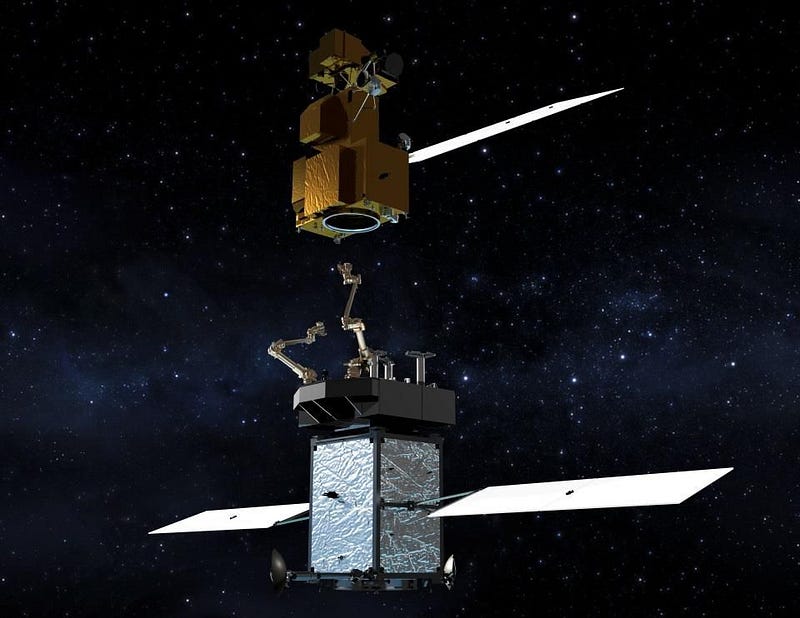
Winner: Space Technology. NASA’s Restore-L satellite received a windfall in the form of a $130M mandate, to develop this mission to its fullest extent. While its objective is listed as “autonomous rendezvous and grasping with telerobotic refueling and relocation,” this satellite will focus on restoring and servicing existing satellites to their original design capabilities. These systems will include five separate servicing technologies, including an autonomous navigation system, servicing avionics that control its rendezvous and robotic tasks, two dextrous robotic arms that execute servicing assignments, advance tools and tool drives to execute each servicing task, and a propellant transfer system to deliver measured amounts of fuel at the right temperature, pressure, and rate. It’s a huge, positive investment in our existing space-based infrastructure.
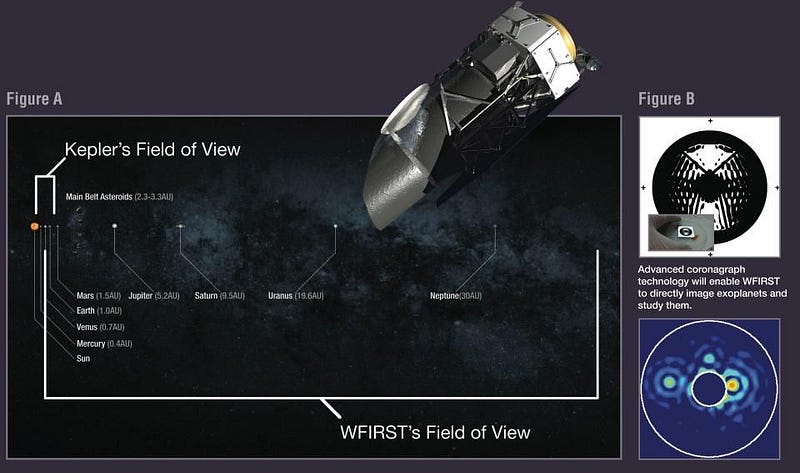
Neutral: WFIRST. The flagship astrophysics mission of the 2020s, WFIRST, chosen as the highest-priority mission for the field, was in danger of being completely defunded. As Thomas Zurbuchen, Associate Administrator for the Science Mission Directorate of NASA, said earlier this year:
What we learn from these flagship missions is why we study the Universe. This is civilization-scale science… If we don’t do this, we aren’t NASA.
Under the omnibus budget, full funding for WFIRST has been restored ($150M) for the current cycle, and its early-stage operations will continue as planned. However, this in no way eliminates the risk of the mission being outright cancelled in 2019; the President has not given any signal that he plans to provide continued funding for WFIRST once major construction operations are slated to begin.
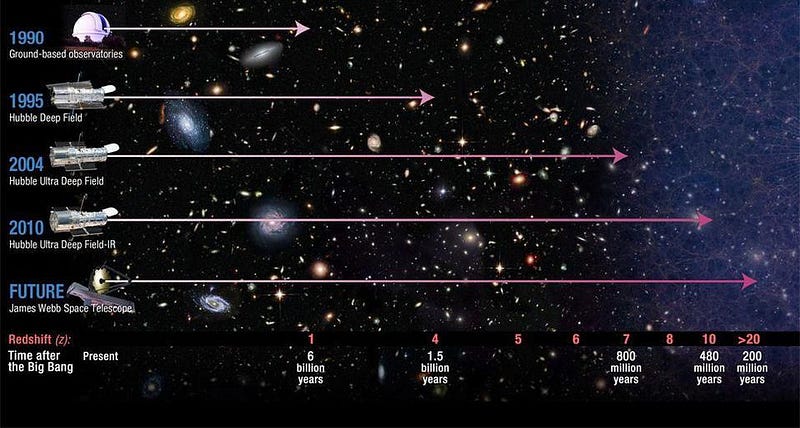
Neutral: James Webb Space Telescope. This telescope receives the exact amount requested by the administration, with a big caveat: if you exceed a total cost of $8B for this telescope, it triggers a notification of the administrator and an audit. Given that the telescope is in the final stages and the engineers and scientists working on perfecting the final systems before deployment, this sets up a win/lose scenario:
- either do the job right, ensuring the mission succeeds and there are no hitches, but risk exceeding the time-and-money allocated to the project,
- or do the best job you can on-time and on-budget, and risk a potentially crippling snag.
There is no substitute for doing the job right, and if the James Webb Space Telescope launches and fails because of external pressures, this could be the end of NASA’s astrophysics. There will be a teleconference at 11:30 AM ET today on the updated status of James Webb.
Update: To date, NASA has spent $7.3B in development so far, and final integration of the various elements will take at least an additional 6 months beyond the original launch window; they are now targeting May of 2020 for a launch date. This additional time (and the resources required to get this right) may mean that the $8B limit imposed by the government will be exceeded, which will trigger an external independent review board (IRB) to be chaired by NASA veteran Thomas Young.
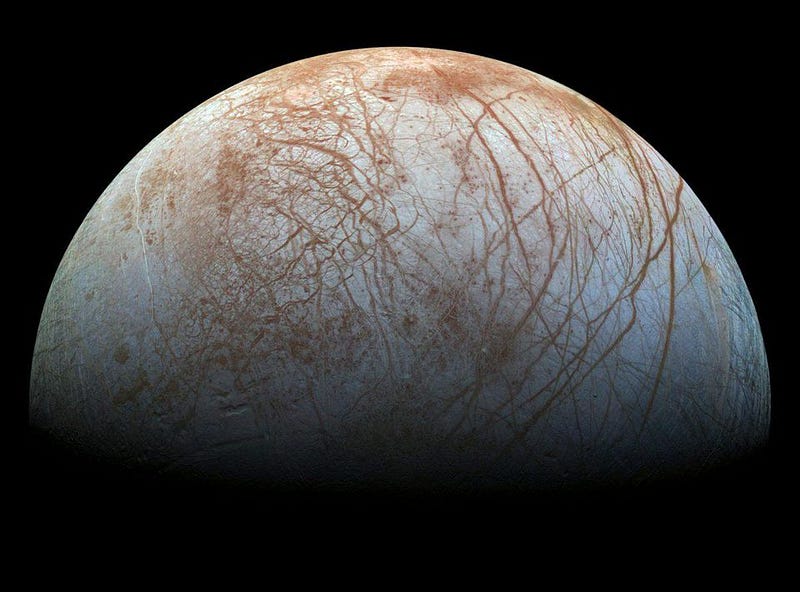
Winner: Planetary Science. This was potentially the biggest winner of all, receiving more than $2.2B: an increase of almost 15% over what was initially requested. $595M was earmarked for an orbiter and lander to meet the science goals outlined for the Jupiter Europa Clipper mission. This would meet the goals laid out by the planetary science decadal survey for searching for signs of life around one of the most likely candidates to house it in our Solar System. The orbiter should plan for launch no later than 2022 and the lander no later than 2024, so this is a big victory for these missions and that big question: is there life anywhere in the Solar System beyond Earth?
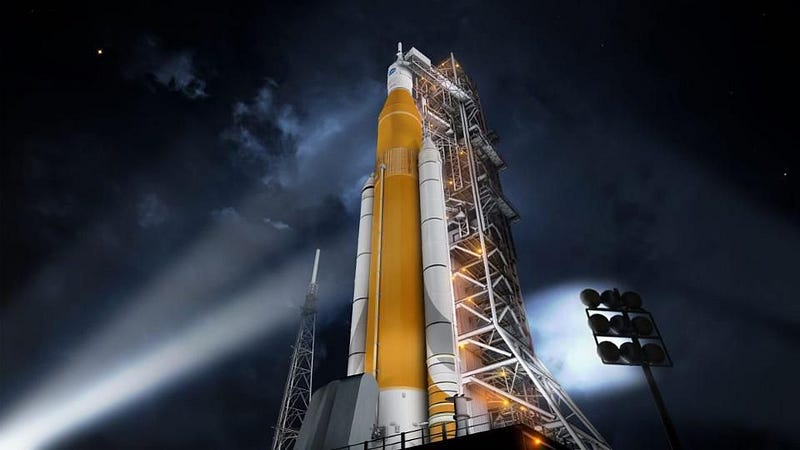
Winner: NASA Exploration. The Europa Clipper lander and orbiter must both launch aboard the SLS, which gets $2.15B, and the Orion system getting an additional $1.35B on top of that. The bill also includes another $350M for a second mobile launch platform; something that NASA did not even request for 2019. This represents a net increase for NASA Exploration of $1.06B over the original budget request, and hundreds of millions more than either the House or Senate requested. Exploration may lay claim to being the biggest winner, but space aficionados have strongly criticized both SLS and Orion, and many may be disappointed that this is where their money goes.
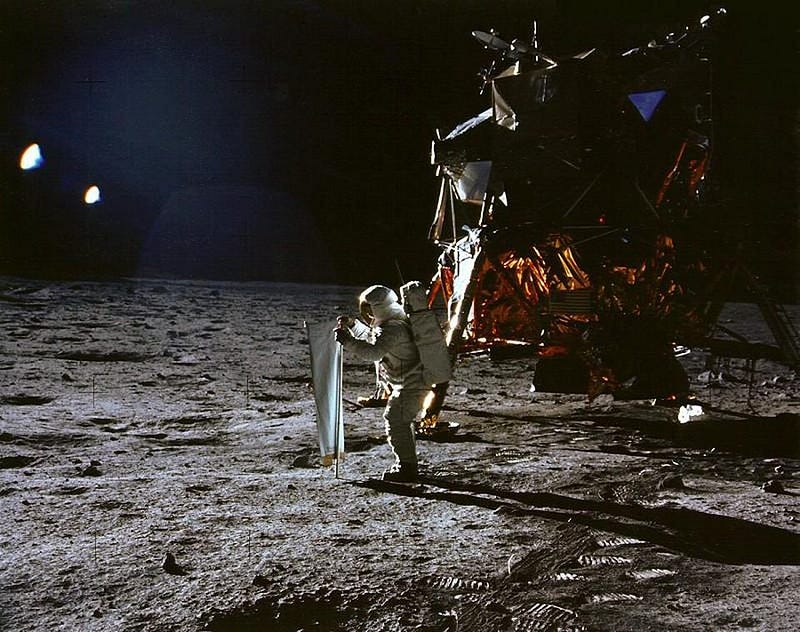
Loser: Peace. NASA has long been about the peaceful exploration of space, and the spirit of science has always been about the open sharing of data and information. Every NASA photo you’ve seen is public domain, and that’s strongly aligned with the mission of sharing what we learn about the Universe and our place within it for the benefit of all of humanity. The President’s latest space strategy statement goes against that. The “America First National Space Strategy” explicitly states, among other things:
President Trump’s National Space Strategy recognizes that our competitors and adversaries have turned space into a warfighting domain. While the United States would prefer that the space domain remain free of conflict, we will prepare to meet and overcome any challenges that arise. Under the President’s new strategy, the United States will seek to deter, counter, and defeat threats in the space domain that are hostile to the national interests of the United States and our allies.
There has never been a clearer message in all the space age that the benefit of all humanity is no longer the top priority here.
Neutral: Space Operations; Safety, Security, & Mission Services; Office of the Inspector General. These major divisions of NASA remain funded at levels unchanged from prior proposals and agreed upon without much controversy.
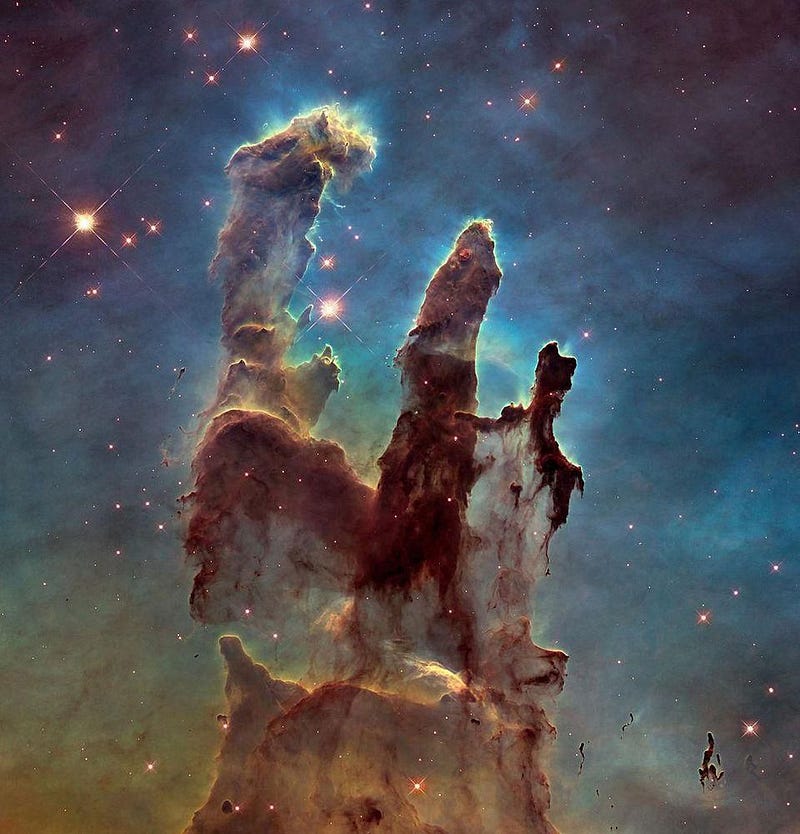
Loser: Long-term stability. As big of a fight as it was to get this bill passed and the crippling proposed cuts by the President overturned, it expires on September 30th of this year. All of these battles will likely need to be fought again in the very short term; WFIRST, James Webb, the Office of Education, and NASA’s Earth Science will quite possibly see additional attempts to curtail, cut, or eliminate them entirely. In past administrations, it was rare to see an already funded-and-agreed-upon mission cancelled. If this year is any indication of what’s to come, there will likely be additional battles required to ensure that many of these missions are seen through to fruition.
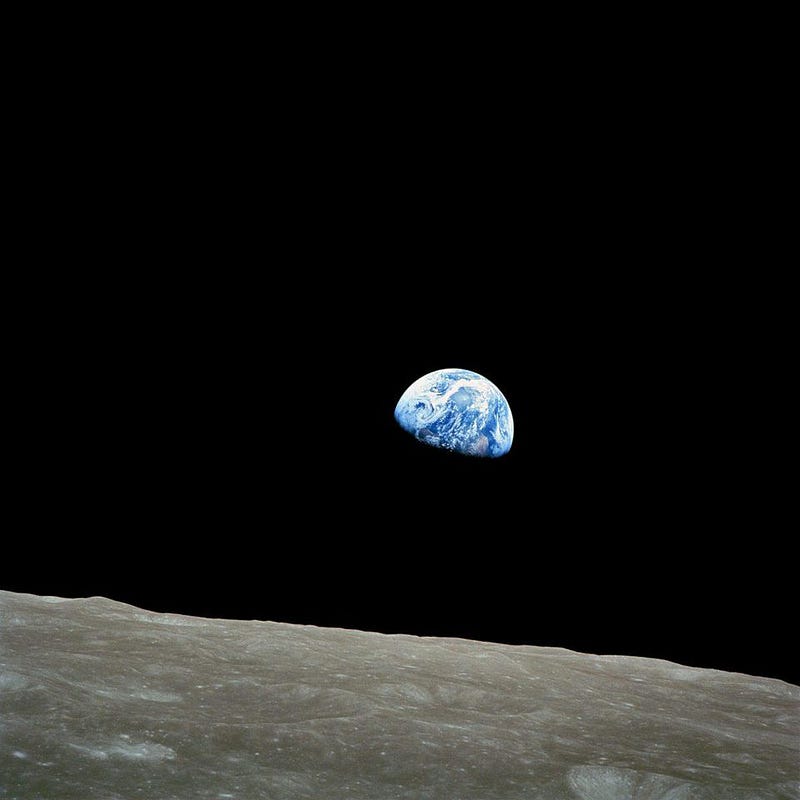
If the omnibus budget that was just passed this past week was an indicator of things to come for the state of NASA, the scientifically-minded among us would be quite pleased and satisfied with the direction of science in this country. However, pro-science advocates must take care that the Consolidated Appropriations Act doesn’t become a Pyrrhic victory: a temporary boon of funding to be followed by a crushing defeat. If so, this will be a short-lived success that’s only a precursor to the worst fears of many, an end to the era of NASA as the pre-eminent world powerhouse in scientific exploration and discovery of Earth, the Sun, our planetary system, and space.
Ethan Siegel is the author of Beyond the Galaxy and Treknology. You can pre-order his third book, currently in development: the Encyclopaedia Cosmologica.





